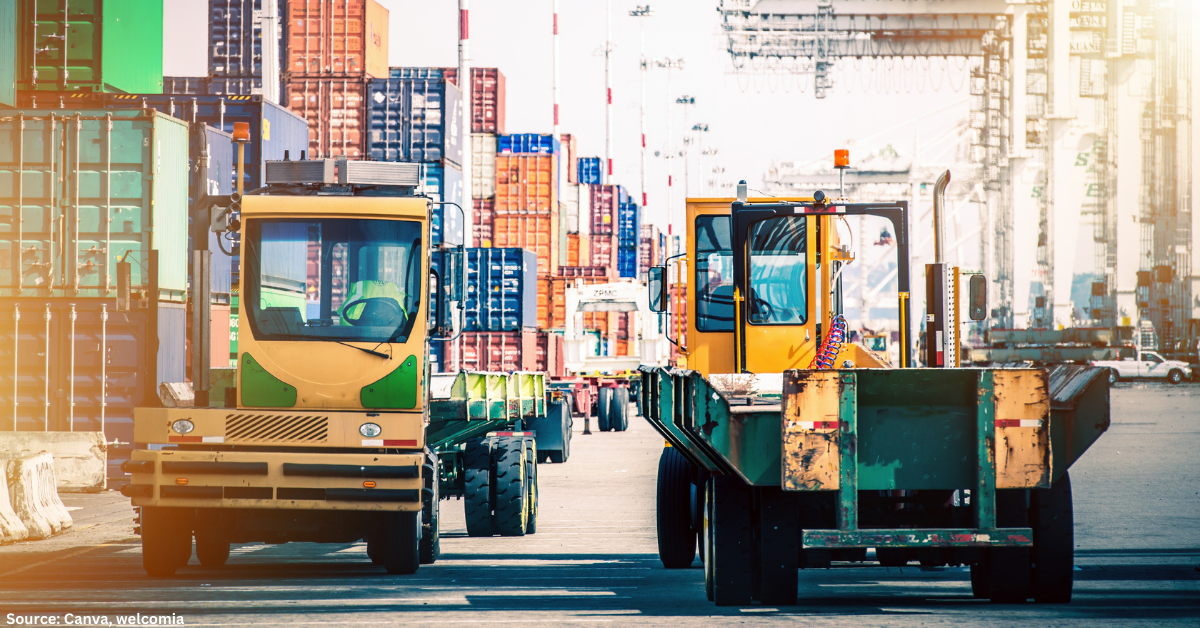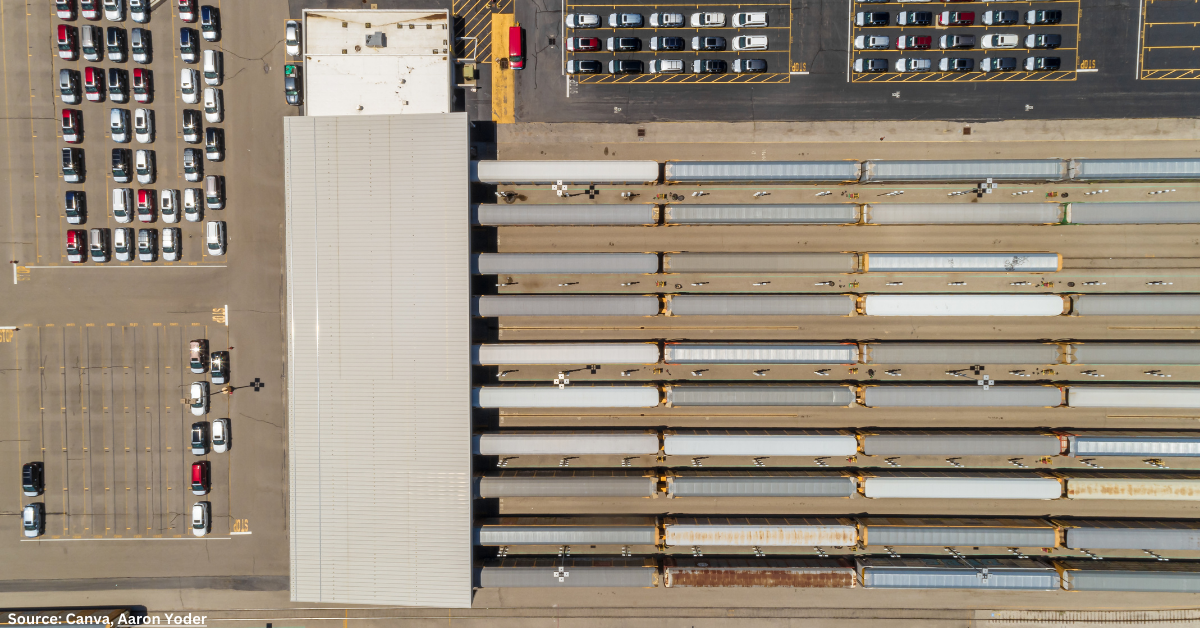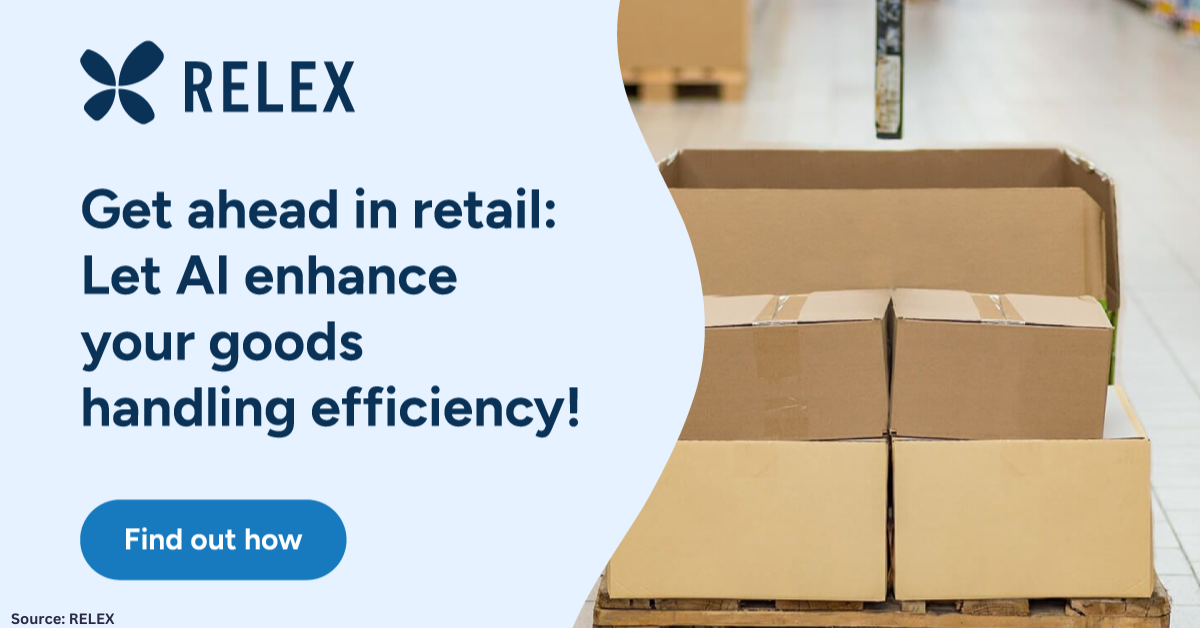Hitachi Vantara’s Owen Keates explains Phase 1 of Modernising (or Establishing) your Supply Chain Control Tower, the first in a series of three articles to help ensure your supply chain can handle whatever’s next.
Supply chain teams are drowning in data, and they often don’t have the time and tools required to modernise supply chain design and management.
Yet, modernise it they must. Thanks to the extreme challenges of the past couple of years, supply chain management is mission critical. C-suites, stakeholders and boards are striving to ensure they never again have to face shutdowns and production delays because of supply chain issues. Thus, they look to the supply chain team to build a resilient and future proofed supply chain strategy.
To do so, the supply chain team will need to examine past challenges and the actions taken, anticipate problems, run “what -if scenarios”, create contingency plans to deal with disruptions and build in alternate suppliers and routes just in case. They’ll need to set themselves up to rapidly respond to whatever comes their way. They must leverage and analyse all the relevant data at their disposal.
Heaps of data; little time
On the plus side, there’s no shortage of data. In fact, there’s a virtual deluge of it and everything from inventory, sales and product development to the weather, transportation routes and staffing provide relevant variables of interest to the supply chain team.
Yet there are typically critical gaps in the data – especially in terms of the accessibility of real-time information. Plus, it’s coming from a range of sources that do not “talk connect” to one another.
Many supply chain teams have insufficient tools with which to easily and efficiently ingest, integrate, clean and analyse the data to generate actionable insights and plan for the future. They lack the technology with which to rapidly model decisions and their impacts to reduce the risks involved as they strive to operate an agile supply chain.
Their time is typically absorbed by day-to-day issues, as they put out the fires of supply chain disruption to maintain basic operations. Therefore they lack the necessary time to focus on effective supply chain design, not only to mitigate risk but to support organisational objectives and requirements such as sustainability, diversity and modern slavery compliance.
The business case for “doing something” has already been established. What will it take? Organisations must ensure the continued digital transformation of the supply chain side of the business.
Modernising your Supply Chain Control Tower – Phase 1
The first phase of our recommended journey to supply chain resilience is all about setting the mission up for success.
1. Establishing & Enabling the Transformation Team
The existing supply chain team cannot focus on this project as well as handle the day-to-day management of the supply chain. Immediately it becomes obvious that modernising the company’s supply chain capability requires appropriate executive sponsorship, allocation of resources, change management and laser focus.
This should be a cross-functional team, dedicated to the task at hand, with head space and time to logically examine the situation and build for the future. They need a team space, ideally a “supply chain control room” with display screens and space for teamwork. A virtual space should also be established, to house a central repository of supply chain data. Both could become permanent components of the supply chain control tower once the program is operationalised.
The next two elements are all about expressing the supply chain in terms that will resonate with the rest of the business
2. Calculate your Value at Risk
Numbers are powerful and tangible.
Every business is committing to a budget to purchase, manufacture, distribute etc. to meet orders, keep up with demand for products or be able to provide services.
To translate risk into dollars, the Transformation Team will need to collaborate with colleagues to quantify how much of that budget is at risk due to supply chain issues, fluctuations and disruptions.
For example, if production is at risk due to component availability, quantifying that risk would include the costs related to temporary factory shutdowns and associated staffing impacts, penalties due to delivery delays and so on. For some businesses that could extend to the costs related to cancelling or delaying associated marketing campaigns, defaulting on or extending loans obtained off the back of orders that are not delayed, and other knock-on effects.
3. Map your Supply Chain and Get it Out There
Some people use a duck metaphor to talk about staying calm on the surface, seemingly moving without much effort, while paddling furiously under the surface of the water to maintain momentum. “Don’t let people see how hard you’re working,” they say.
However that approach is not ideal in this situation. The Transformation Team will need to show decision makers and colleagues just how hard the supply chain team has been paddling under the surface just to maintain operations. They will need to illustrate what it will take to drive change and modernisation for better supply chain management and future proofing.
I have had the pleasure of facilitating some significant “aha” moments, when my team has helped to map out complex supply chains allowing senior executives, cross functional team members and the broader stakeholder group to finally visualise the challenge at hand.
Seeing the supply chain illustrated on a wall or using a collaborative mapping tool typically surprises many who are not in supply chain roles and can be the catalyst for a concerted effort towards ensuring near real-time supply chain visibility.
This is when the business should be invited to imagine what could be accomplished if this complex network map could not only be digitised, but if you had the capability for dynamic simulations to inform rapid decision-making complete with risk management.
This is also the step where the Transformation Team should determine whether or not they have full visibility of the supply chain to the extent that they have sufficient information about customer demand, external threats from extreme weather events to pandemic outbreaks, regulatory changes and regional conflicts. their suppliers’ supply chains. If not, discussions with customers, suppliers, third party logistics providers and risk assessment agencies should be arranged and processes established to address any information gaps.
Once the completed supply chain maps are published in the central repository and displayed in the Control Room a common understanding is established which is fundamental to the analysis steps.
– To be continued –
——-
Visibility, advanced analytics and modelling, and tracking systems are the hallmarks of next generation supply chain control towers.
Stay tuned for Phase 2 and 3 of Modernising or Establishing your Supply Chain Control Tower.

























































Follow us on social media